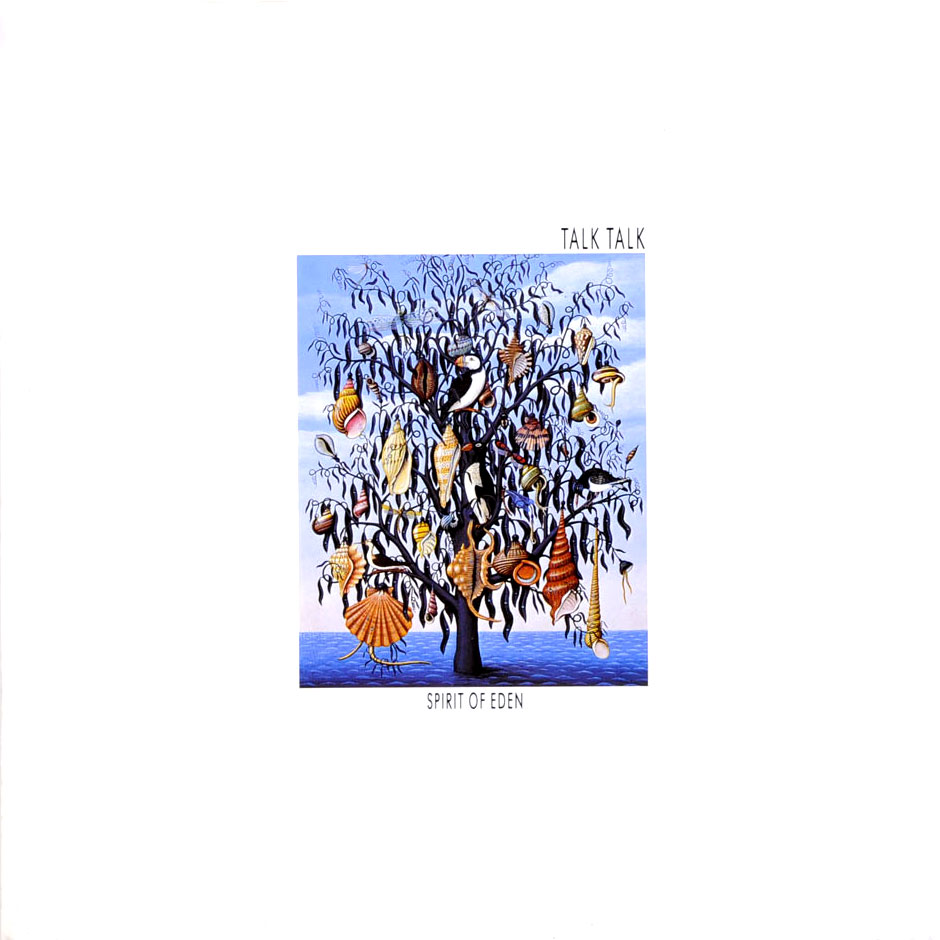Over the years, I’ve been writing e-books with the aim that they become more ‘reference’ material than something attributable to magazine content.
When I put ‘Simplifying Composition’ together, it took me about a year to really think it through, to figure out what I needed to say and to then formulate it on paper. It’s not the writing that takes the time, it’s the idea, the concept, and the arrangement of the words so that the message is as clear as it can be.
And that was the hardest part of all - figuring out what it is that I needed to convey in writing. The message needed to be simple. It needed to be clear, and for that to happen, I needed to be clear myself with what I wanted to say.
It is often in the process of explaining something that I find holes in my own knowledge. If I’m finding it hard to explain something it’s usually because I don’t fully understand something as much as I thought I did. Writing an e-book is a self-learner, a process of self-help. Of clarifying my own ideas and filling in the gaps in my own knowledge.
Writing an e-book about Photoshop was similar. It took about 2 years for me to do this one. I think the first year was mostly procrastination, brought on by a feeling of difficulty. You see, Photoshop’s tool set is huge. And the truth of the matter is that photographers only need about 10% of the program.
It took me a while to realise that most Photoshop book are like reference manuals. They may be in-depth and tell you everything about the program, but they suck at getting you off the ground, of cutting out the chaff, and of getting you to the tools that you really need to know.
So it took me a while to figure out that photographers just need to learn Layers, Masks and Curves to get going. Write an eBook about those features and you’ve given everyone a head-start, a push in the right direction, rather than getting lost in some massive reference manual with no idea where they are going.
How does one write a book about printing?
And this is the problem I’m at right now.
The subject of printing is massive. It has to cover monitor calibration, monitor profiling, profiles, proofing, colour spaces. Each of those is a massive topic on its own, so I have come to realise that I need to have a ‘fast track’ way of cutting out the noise, of cutting through all the technology to get people up to speed as quickly as possible.
But there is so much miss-information and miss-understanding out there.
Many think they need to profile their printer, many think that their camera works in Adobe RGB colour space.
Many think that all devices work in Adobe RGB colour space when in fact they don’t. They work in their own proprietary colour space and the colours they’re capable of recording or reproducing may not fit exactly any particular colour space - they have their own personal signature.
Similarly, so many people think that their printers work in RGB, they don’t. They are CMYK devices. Just go and look at the ink sets used on any Epson Ultrachrome ink printer - there’s a clue in the names - Light Cyan, Light Magenta, Yellow…. . So although there are beliefs out there that CMYK is a smaller colourspace than Adobe RGB, it’s not true - they’re just different,.
Lastly, understanding printing is about understanding that everything is a compromise.
So too, is writing an e-book about it.















